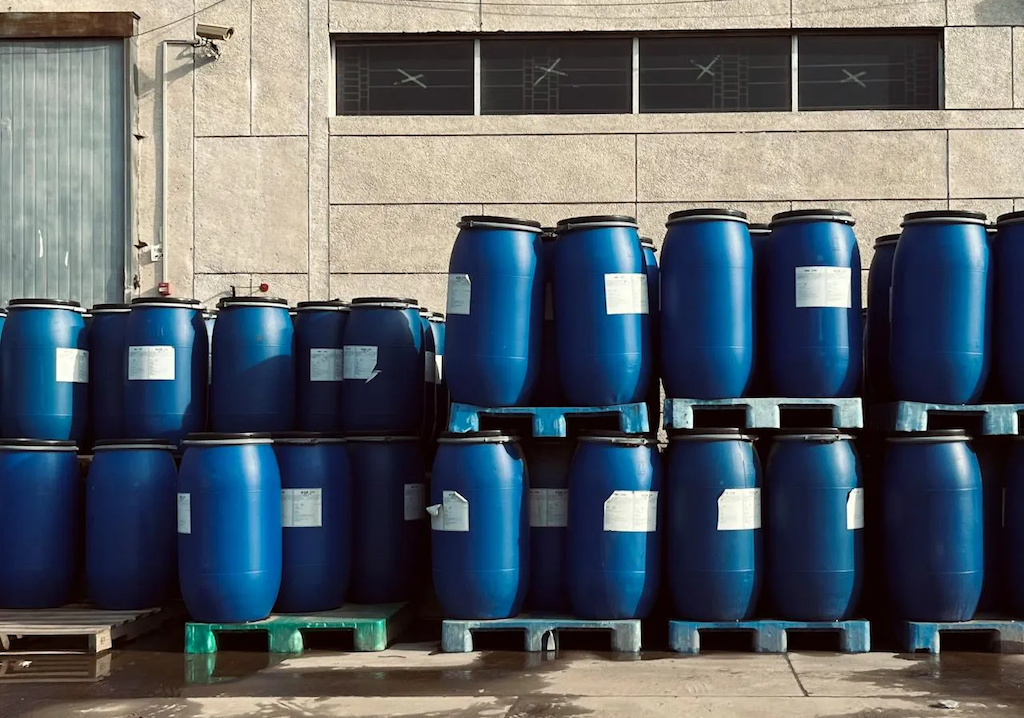Oil spills in marine environments pose a serious threat to ecosystems, fisheries, and coastal economies. Whether caused by ship accidents, offshore drilling, or pipeline leaks, oil spills require a quick and accurate response to minimize environmental damage. One of the most commonly used tools in oil spill response is the Oil Spill Dispersant—a chemical solution that breaks oil into smaller droplets, allowing it to be naturally degraded by marine microorganisms.
However, not all Oil Spill Dispersants are created equal. The formulation, application techniques, and proper dosage vary depending on the type of oil, weather conditions, and spill volume. In this article, we will explore the types of chemicals commonly used in Oil Spill Dispersants, application methods (based on references from Hasgara Chemicals – HACS), and general dosage guidelines for effective and responsible use.
Types of Chemicals for Treating Oil Spills
Oil Spill Dispersants typically consist of a mixture of surfactants and solvents designed to emulsify oil and increase its surface area, making it easier for marine microbes to break down. Common chemical components include:
- Surfactants (Surface-Active Agents): The main active ingredient in dispersants. Surfactants reduce the surface tension between oil and water, allowing the oil to break into tiny droplets. Types include:
- Anionic surfactants – known for their strong dispersing capabilities.
- Non-ionic surfactants – more environmentally friendly, often used in sensitive areas.
- Solvents: Help carry the surfactant to the oil’s surface. These use water-based or hydrocarbon-based solvents to improve penetration into thick or weathered oil.
- Stabilizers and Emulsifiers: Some modern formulations contain additives to extend shelf life and maintain stability under extreme conditions.
- Biodegradable Agents: Today’s dispersants are generally made from biodegradable materials to reduce long-term environmental impact in marine settings.
Each dispersant is designed for different applications, such as offshore waters, coastal areas, or industrial equipment cleanup. For example, HACS dispersants by Hasgara Chemicals are formulated to perform optimally under rough sea conditions, while other solutions focus more on eco-efficiency in coastal zones.
Oil Spill Dispersant Application Methods
(Based on references from Hasgara)
Proper application methods greatly affect the effectiveness of an Oil Spill Dispersant. Based on best practices from Hasgara Chemicals (HACS), there are several key application methods:
1. Aerial Application
Primarily used for large-scale offshore spills. Aircraft equipped with specialized spray systems apply the dispersant evenly at low altitude.
- Advantages: Wide coverage and quick response.
- Best For: Large spills in remote or open ocean areas.
- Reference: HACS dispersants are designed to remain stable and effective when sprayed from the air.
2. Vessel-Based Application
Ships or boats with spray arms or water monitors spray the dispersant directly onto the oil slick.
- Advantages: More precise control.
- Best For: Spills near shorelines or when aerial access is limited.
- Reference: This method is recommended for port operations due to its flexibility and control.
3. Subsea Injection
Applied directly at the leak source—such as a deep-sea wellhead—by injecting dispersant into the oil plume.
- Advantages: Prevents oil from reaching the surface.
- Best For: Deepwater drilling operations.
- Note: This method was used during the Deepwater Horizon incident and is only suitable under strictly monitored conditions.
4. Manual Shoreline Application
For spills reaching land or sensitive areas, portable sprayers are used manually.
- Advantages: Targeted response with minimal waste.
- Best For: Rocky coasts, mangroves, or marshlands that are hard to access with machines.
Timing and environmental factors, such as wave activity and temperature, greatly affect success. Hasgara emphasizes the importance of site evaluation before dispersant spraying begins.
General Dosage Guidelines for Oil Spill Dispersants (Especially from HACS)
Determining the right dosage is key to effectiveness and environmental safety. Using too little dispersant will be ineffective, while overuse can negatively affect marine life.
Recommended Dispersant-to-Oil Ratio (DOR):
The ideal Dispersant-to-Oil Ratio (DOR) is:
- 1:10 to 1:30, depending on:
- Oil type and viscosity
- Water temperature and salinity
- Sea wave conditions
- Age of the spill (how long the oil has been in the water)
Examples:
- Light, fresh oil in warm, wavy waters may only need DOR 1:30.
- Heavy or weathered oil in cold, calm waters may require DOR 1:10.

Best Application Practices:
- Use calibrated spray equipment for even distribution.
- Apply dispersant as soon as possible after the spill (ideally within 12–24 hours).
- Avoid overuse; evaluate effectiveness within 30–60 minutes and reapply only if necessary.
- Always refer to the product’s Material Safety Data Sheet (MSDS) for environmental and handling guidelines.
HACS dispersants are formulated to be effective at low doses, offering cost savings while remaining powerful for both large-scale and small-scale incidents.
Oil Spill Dispersants play a vital role in mitigating oil spills and minimizing environmental harm. Understanding the chemical types, appropriate application methods, and dosage guidelines—especially from trusted providers like Hasgara Chemicals (HACS)—is essential for a fast, effective, and eco-friendly response.
Whether dealing with an offshore spill requiring aerial application or a coastal incident needing manual treatment, each situation demands a tailored approach. The success of an Oil Spill Dispersant relies not only on its formulation but also on proper application technique, environmental conditions, and response timing.
By applying best practices and using trusted products, we can ensure that Oil Spill Dispersants work optimally—breaking down oil, protecting marine life, and preserving the ecosystem.
Read other Articles: Effectiveness of Oil Spill Dispersants in Various Marine Conditions

